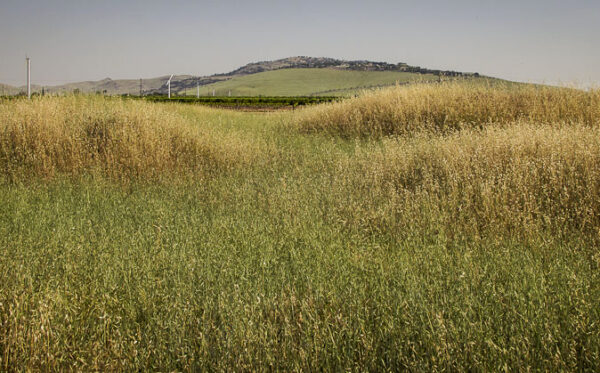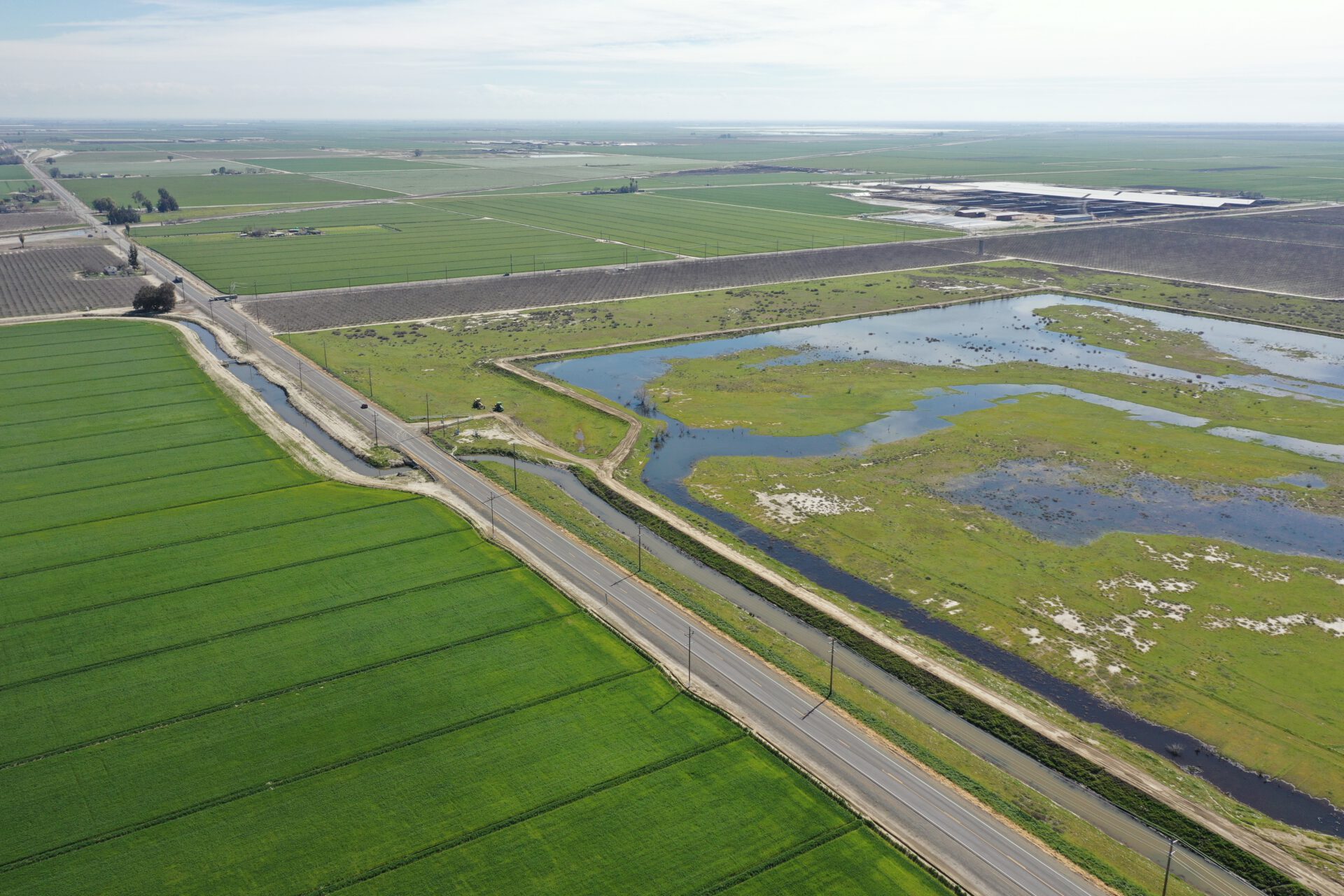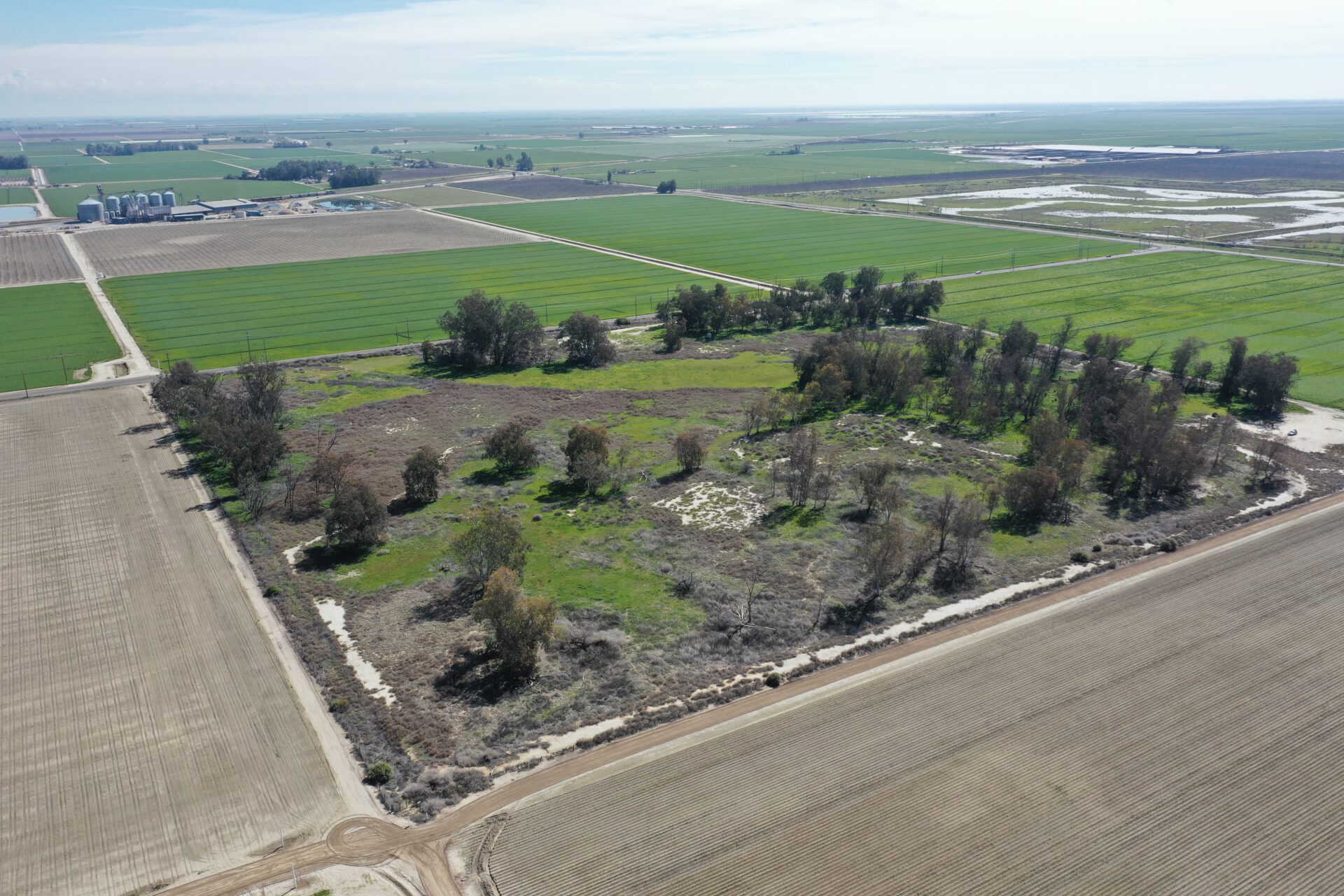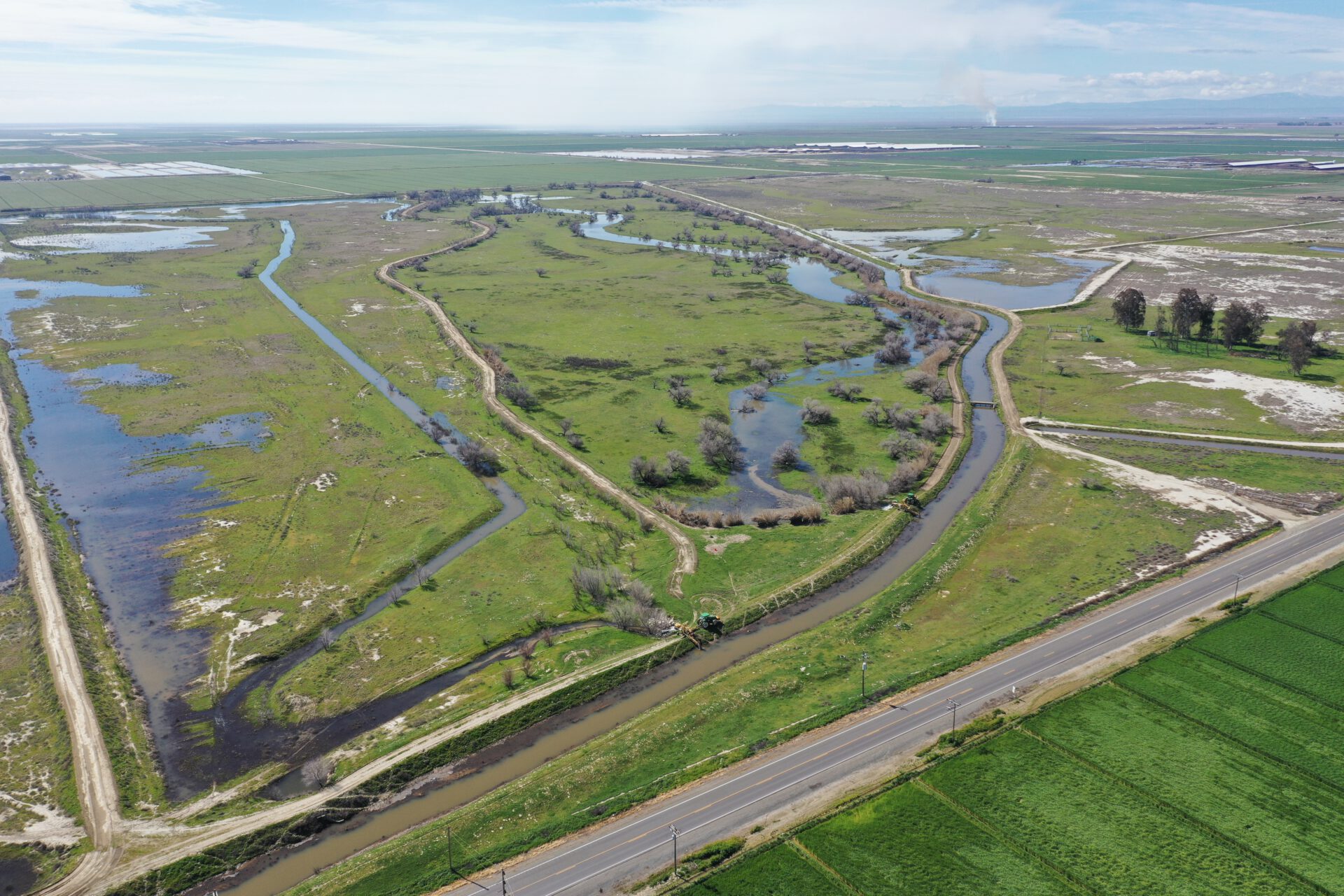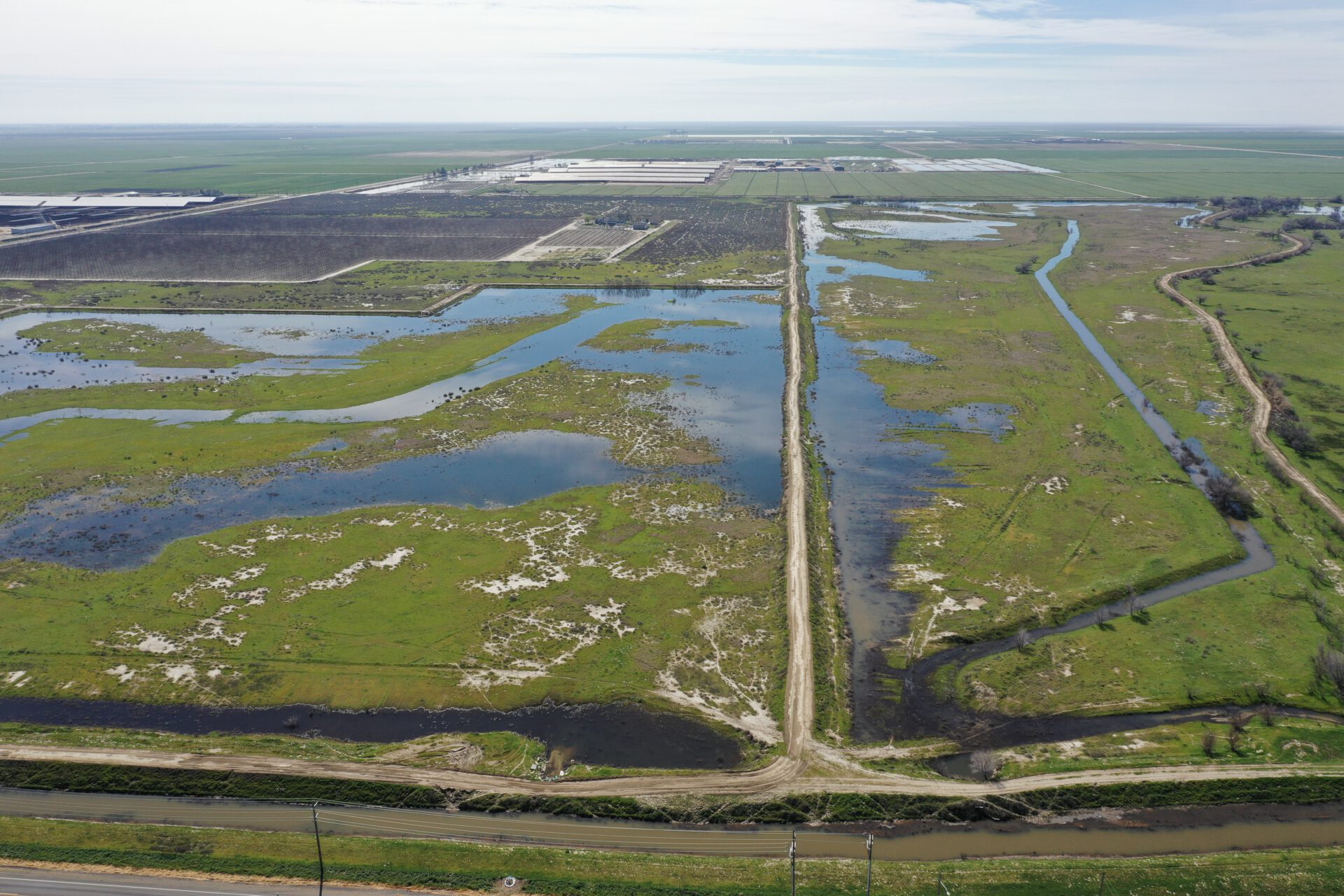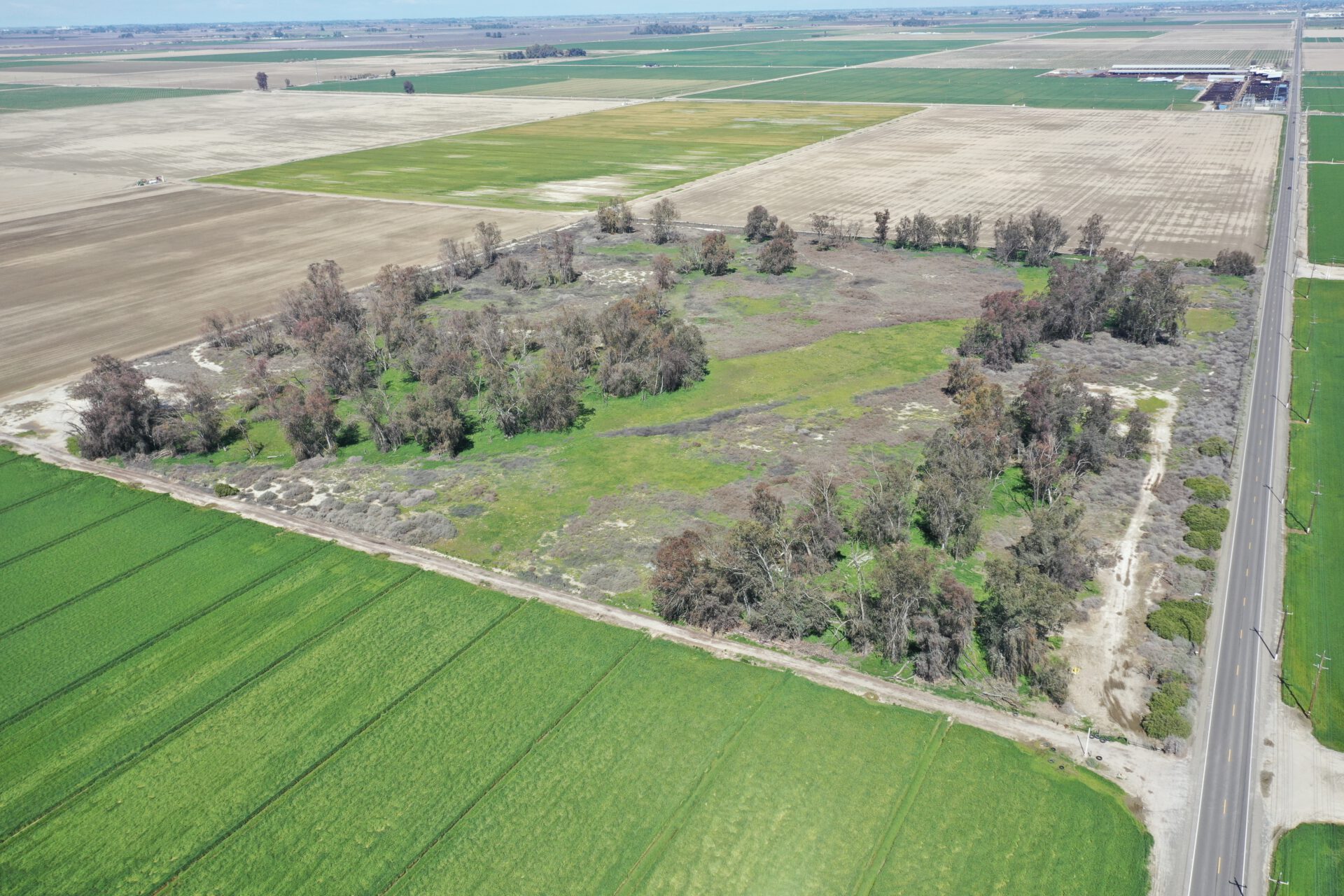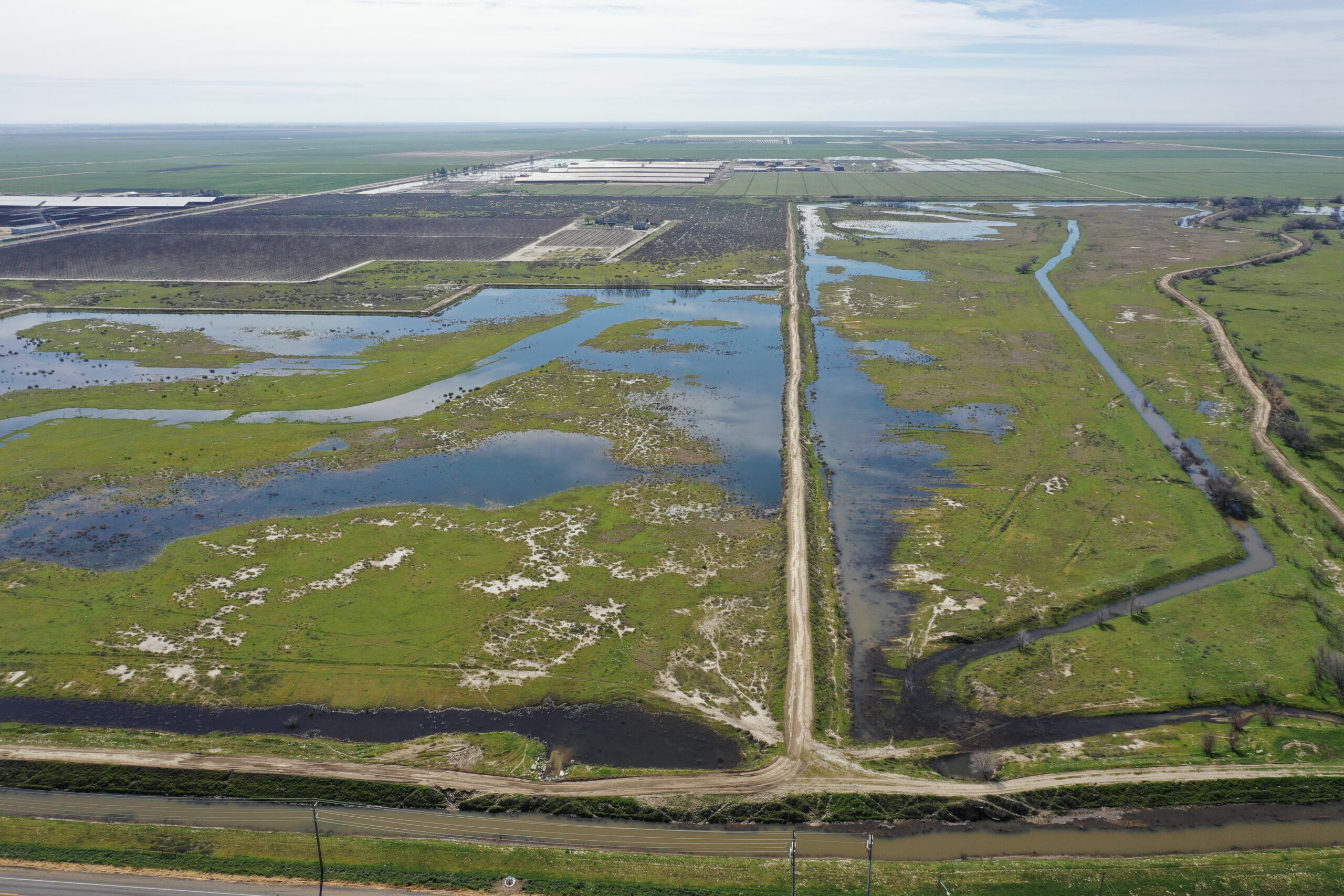
Clark Preserve
Getting There
What Makes Clark Preserve So Special?
Hanford native Bill Cark (1930-2015) was a leader in conservation and historical preservation in the local community. After graduating high school, Clark served his country in the Navy for five years, during which he visited and fell in love with Japan and Japanese culture. Upon returning to the United States, he worked as a farmer, dairyman, developer, and business owner for many years. He founded and ran World Wide Sires, which quickly became the largest organization in the bull industry, and also owned and developed Mission Oaks business plaza in Visalia. He and his wife Elizabeth also founded The Clark Center for Japanese Art and Culture in Hanford, which they ran for over 20 years until it closed down in 2015. During its operation, the Center held one of the largest private collections of Japanese art in the nation.
Though they were incredibly successful in their businesses, Bill and Elizabeth also had a strong ethic of giving back to the Valley and to the world at large. They ran the Clark Center to bring international art and culture to the Valley, and provide residents with a connection to the larger world. Upon closing the museum, they donated almost all of the pieces to the Minneapolis Institute of Art to help create one of the largest collections of Asian and Japanese art in the world.
Bill and Elizabeth also worked with Sequoia Riverlands Trust to place an easement on their dairy and ranch—the Howe Ranch—to protect it from future development and to keep it in agriculture. The ranch surrounds the Clark Center, and is the first property in Kings County to have an easement placed on it.
Another one of their properties was donated to Sequoia Riverlands Trust by their son Stuart Clark, and is now protected permanently as the Bill and Libby Clark Preserve—making it the seventh nature preserve, and the first in Kings County. This 40 acre preserve is a unique site of natural beauty in the middle of the agricultural expanse of Kings County, and serves as an island of alkali sink habitat for the various birds and animals that call this area home. The preserve hosts several alkali sink indicator plants like iodine bush (Allenrolfia occidentalis), bush seepweed (Suada nigra), and saltgrass (Distichlis spicata) and animals including coyotes, lizards, great horned owls, and the threatened Swainsons’s hawk, which has been known to nest on site. The preserve also plays an important role in regional groundwater monitoring, as it hosts a nested monitoring well for measuring groundwater levels over time as well as a continuous Global Navigation Satellite Systems (cGNSS) station that monitors changes in ground subsidence, which impact our local aquifer capacity.
Our Preserves
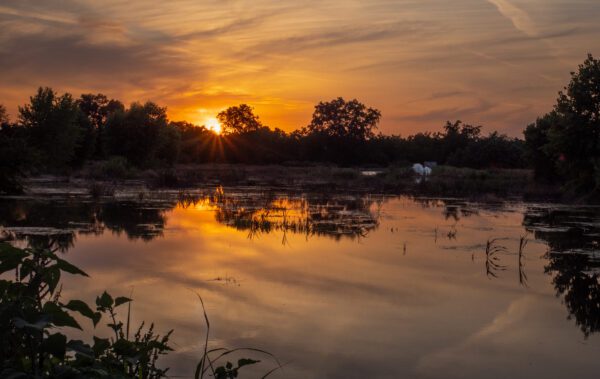
Kaweah Oaks
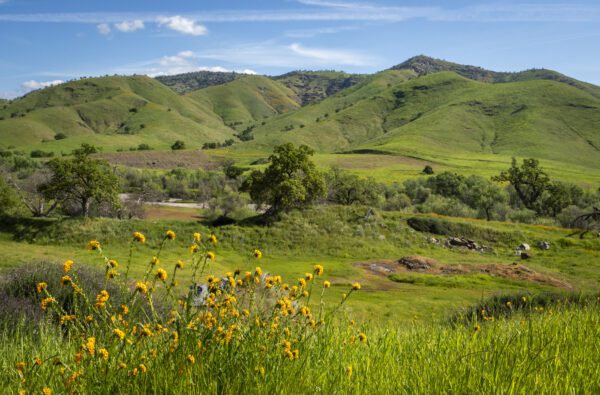
Dry Creek
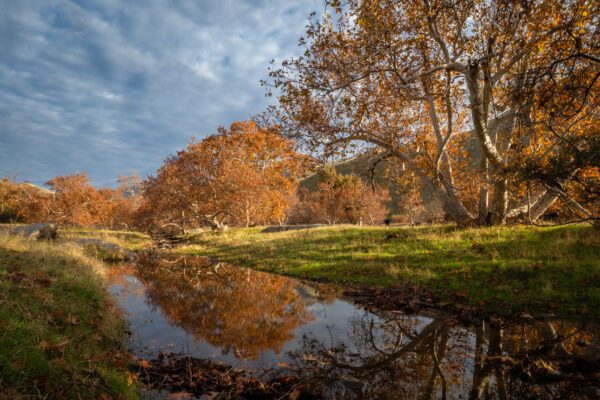
Homer Ranch
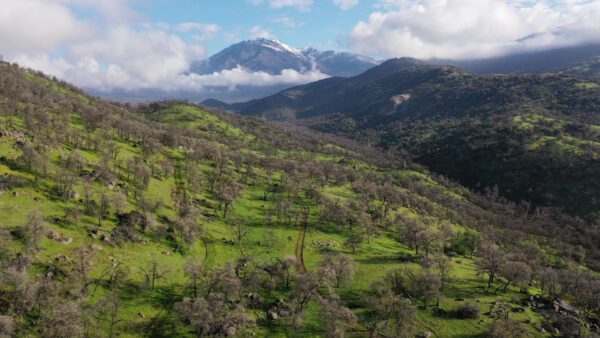
Blue Oak
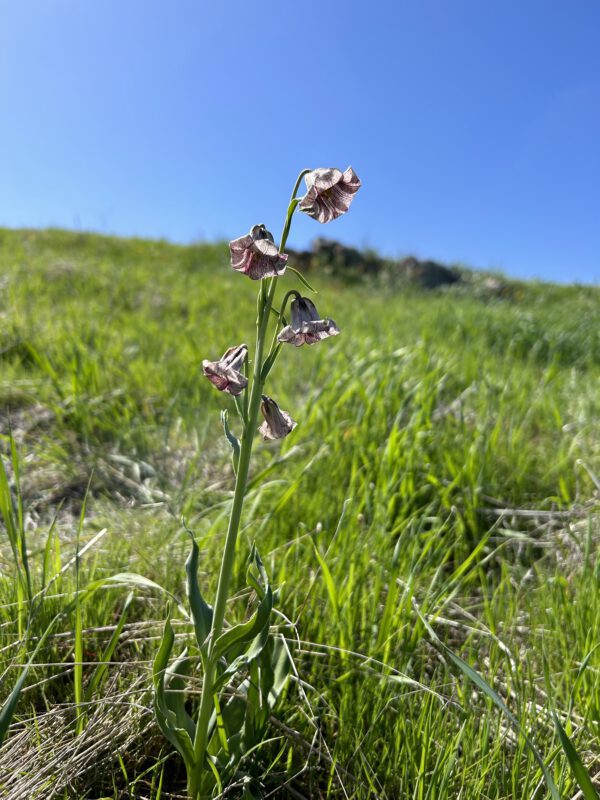
Lewis Hill
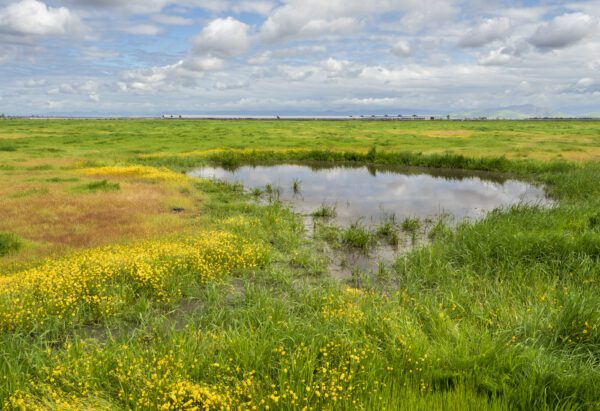
Herbert
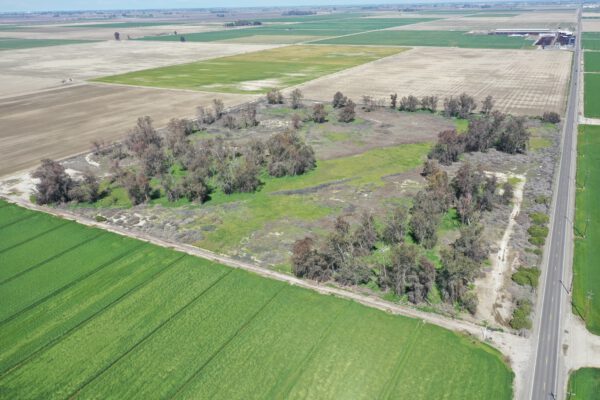
Clark
